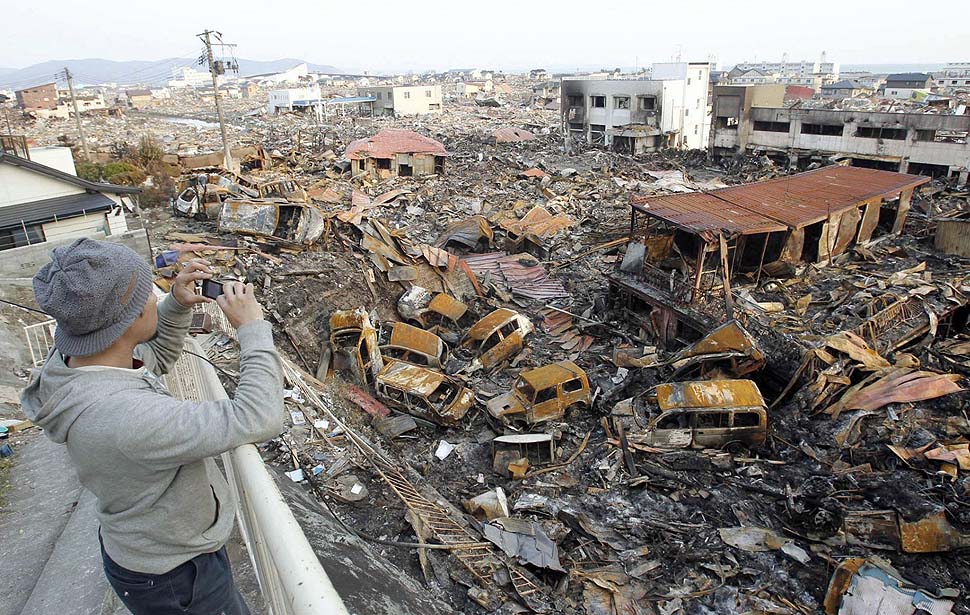The brief centers around providing emergency housing for a location that has undergone a disaster within the last year. One such place is Haiti in the Dominican Republic, having undergone a 7.0 Richter earthquake leaving a majority of the people living in the city at Port Au Prince homeless often suffering in poor conditions and with a high risk cholera epidemic from the contaminated supply.
Solution:
Temporary housing is required for the now homeless population, with the use of ISO containers compact and easily transportable housing is available. Using a standard 20-foot container it will fit a bedroom, kitchen, bathroom, shower, and dining. Use of space saving devices are essential.
Development Process:
Building Needs:
- Plumbing (Bathroom, Shower)
- Electricals (power points, Lights)
- ISO container (Dimensions: 6.058 (W), 2.45(L), 2.591(H))
- Must house at least 2 people
- Forms shouldn't go outside container for stacking and transporting purposes
- Ventilation and windows due to tropical weather and temperature control of housing
Discussing sizing and dimensions of the ISO container and spacing available, including bathroom ssetup
Cultural decision between Western Style toilets and European toilets, European toilets take less space being placed in the floor but the Western toilets were the more familiar ones to the Haitian community hence the choice of the Western toilet.
Elevations:
West Side Elevation
North Side Elevation
Roof Side Elevation
South Side Elevation
East Side Elevation
Sections:
East Side Section
North Side Section
Plans:
East Side Dimensioned Elevation
Floor Plan



















.jpg)